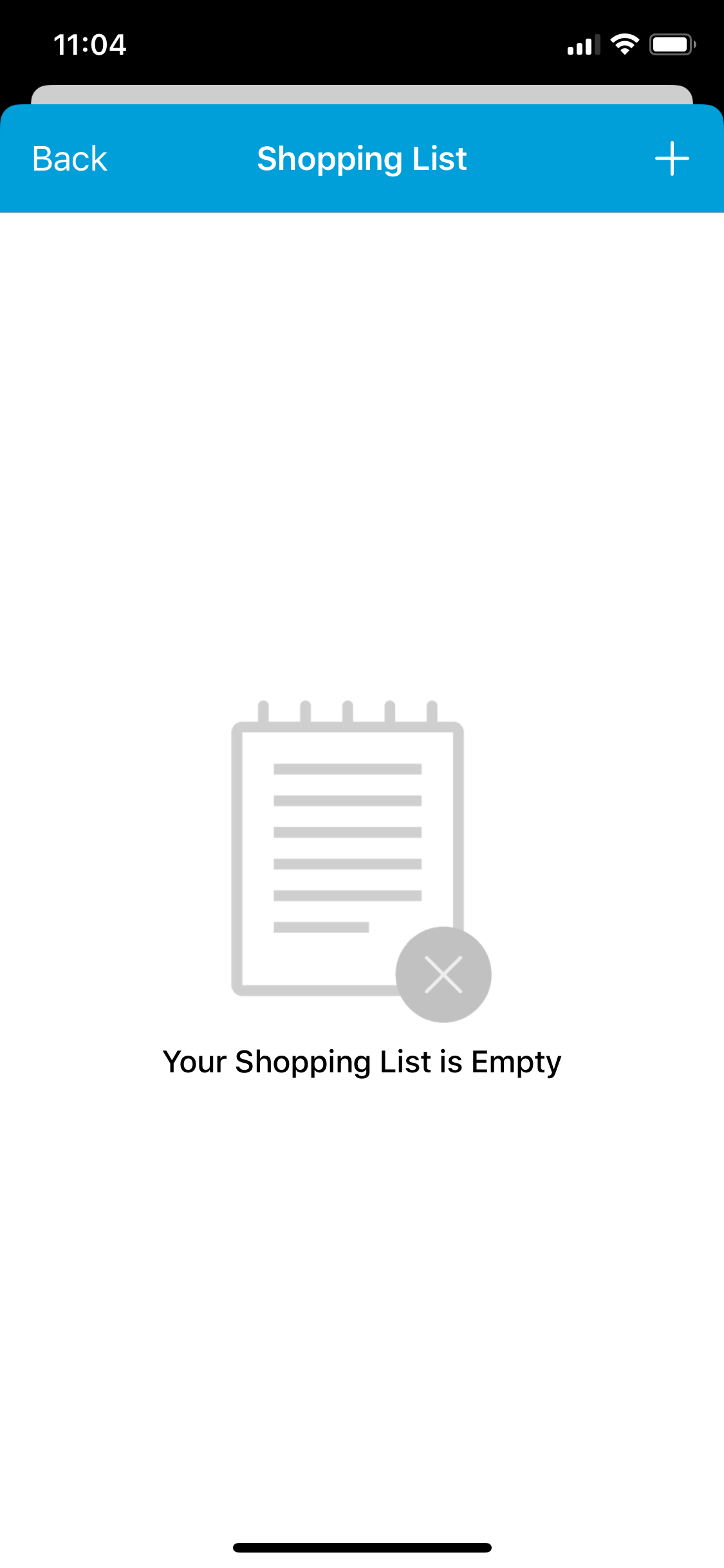In 2005, Monash University’s Department of Gastroenterology research team began a major study looking into the management of IBS symptoms through dietary means.
Gaining a better understanding of food’s impact on intestinal health through a journey of the gut and stomach, the researchers findings led to the development of the Low FODMAP Diet – a specialized diet to help manage gastrointestinal symptoms linked to IBS.

Since then, Monash University researchers have refined and added to their low FODMAP diet guide, making it accessible on smartphones via their official Monash University Low FODMAP Diet App.
The app comes straight from the research team that first discovered FODMAPs, including features like:
The comprehensive app is the handiest tool for people with IBS that are maintaining a low FODMAP lifestyle. We’ll show you how to access some of its most useful features in our Monash FODMAP app guide.
Let’s get you familiar with some of the features in the Low FODMAP app, which we’ll then explain in greater detail:
About Section: Find general information about FODMAPs, the Low FODMAP diet, and how it controls gastrointestinal symptoms associated with irritable bowel syndrome.
Food Guide: With the largest database of FODMAP foods on the planet, including 450 foods and 900 different serving sizes, this section uses a ‘traffic light system’ to guide low FODMAP food choices.
Traffic Light System: The Food Guide uses the green-yellow-red system to direct your food choices. These can be set based on the major FODMAPS (Oligos, Fructose, Polyols, Lactose), and filtered based on IBS needs.
Low FODMAP Food & Symptom Diary: When starting a low FODMAP diet, you can record the foods you’re eating and symptoms you’re experiencing to adapt your diet and make better food choices going forward.

Monash’s Low FODMAP Food Guide is the world’s largest database of FODMAP foods and FODMAP serving sizes. Here you can search for your favourite foods and determine their FODMAP levels, and how much you can safely incorporate into your diet.
Since everyone’s low FODMAP diet is unique to their body, you’ll need to filter foods based on your food sensitivities. This is vital in receiving the correct FODMAP guidelines for your symptoms.
The filters help users adjust the food guide to their intolerances. Once intolerances have been diagnosed by a dietitian, you should adjust the sliders of each filter to align with your dietary needs.
If you’re unsure of your sensitivities, consult a dietitian before using the Monash FODMAP app.

After setting your filters, searching for individual foods or skimming one of the eight food group lists will include a green, yellow, or red light, or will be greyed out completely.
Clicking on the banner of a food will also suggest the safe low FODMAP serving size.
Pro Tip: You can further personalize your Food Guide by adding notes alongside your favourite foods, for example your ideal serving sizes or any IBS symptoms. This can be done with the ‘Add Personal Note’ feature.
Now that you understand the importance of the low FODMAP food filters, these are the steps to adjust your settings:
You’re at the point now where any searches you perform will provide the low FODMAP dietary information specific to your IBS symptoms.
Now, you can get into the real nitty-gritty. Check out one of our FODMAPers’ pages for everyone’s favourite veggie, Brussels sprouts:

As you can see, based on this user’s sensitivities and filters, one serving size of four Brussels sprouts would be considered high FODMAP, as designated by the red light in the top right corner. While it’s safe in terms of Fructose, Polyols, and Lactose, the Oligos levels put sprouts in the red.
But wait, there’s more!
Scrolling down, we see this:

This means that two or three sprouts would be acceptable for this user to incorporate in their low FODMAP diet, as the amount of Oligos in a 60g or 38g serving size is manageable for this eater.


The last area we need to touch on is the Low FODMAP Certified Foods section in the Food Guide.
Besides information on raw produce, meats, and other foods, Monash University provides details on branded low FODMAP food products they’ve certified ‘low FODMAP’. You can even find the company’s history on the product pages, as well as their other low FODMAP food offerings.
Low FODMAP certified foods sections include:
Setting our filters to the U.S. and Canada, you can see yours truly throughout the Certified Foods section!


The Low FODMAP recipes section is quite simple and straightforward, similar to recipe sections on websites. You can find specific recipes in the search bar, or browse through meal sections like breakfast, lunch, and dinner.
Not only does the Monash FODMAP app make it easy to find low FODMAP foods and serving sizes, it makes shopping for those items a breeze, too.
We already mentioned the Low FODMAP Certified Foods section for your branded low FODMAP needs. But if you’re making your own meals and buying your own ingredients, the app’s handy shopping list syncs with the filters you set earlier.


You can add foods you’ve identified in the Food Guide directly to the shopping list, or even upload the ingredients from a low FODMAP food recipe you’re dying to try on the app.
Monash University’s Food & Symptom Diary is a nifty tool to document your dietary intake and improvement of IBS symptoms when you kick off your Low FODMAP diet.

With the Diary, you are able to record daily symptoms and dietary intake. This information can be shown to your health professional who can then recommend the next steps in your low FODMAP diet plan.
You can find all your favourite low FODMAP food products via the Monash University FODMAP App – or go straight to the source! FODY offers a wide selection of Monash-certified FODMAP foods that are big on taste (and low on FODMAPs)!